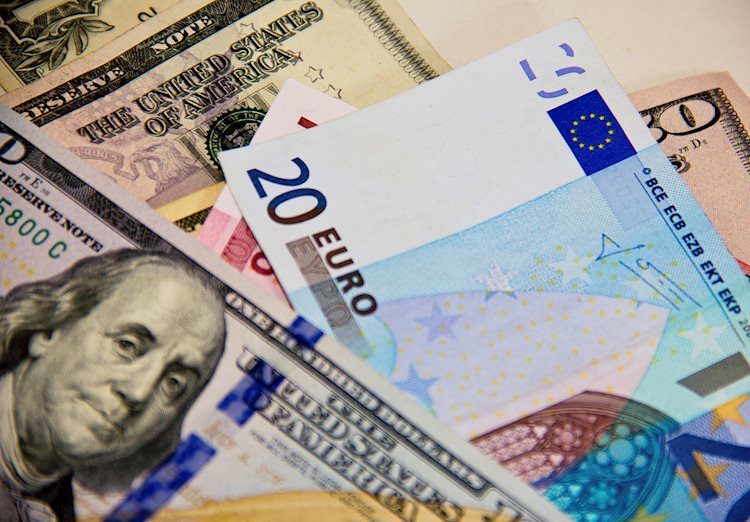The Euro (EUR) is facing downward pressure as political uncertainties in Germany continue to create economic and diplomatic challenges for the minority government. According to analysts at OCBC, the EUR was last seen trading at 1.0612 levels. The ongoing situation in Germany, with Prime Minister Scholz seeking a confidence vote on December 16th and potential snap elections planned for February 23rd, is contributing to the bearish momentum of the EUR.
In addition to the domestic political issues in Germany, the outcome of the US election and the potential implications of a Trump presidency are also weighing on the Euro. The possibility of a 20% tariff on European exports to the US could further harm Europe’s already slowing growth, as the US is the EU’s top export destination. Furthermore, the yield differentials between the EU and US have widened, with speculation of a dovish European Central Bank (ECB) leading to discussions of a 50 basis point cut at the December meeting.
From a technical analysis perspective, the daily momentum for the EUR is bearish, with the relative strength index (RSI) falling. The support level is at 1.06, with a breach below this level potentially opening the way for further downside towards 1.0450-1.05 levels. On the other hand, resistance levels are at 1.0740 (76.4% Fibonacci retracement) and 1.0810-1.0830 (21-day moving average, 61.8% Fibonacci retracement of the 2024 low to high).
Overall, the economic and political uncertainties in Germany, coupled with the potential impact of the US election outcome, are creating a challenging environment for the Euro. Traders and investors will be closely watching developments in Germany, as well as any announcements from the ECB regarding monetary policy decisions. With bearish momentum and ongoing uncertainties, the EUR could face further downside pressure in the near term.











